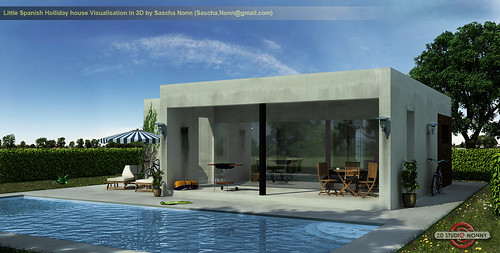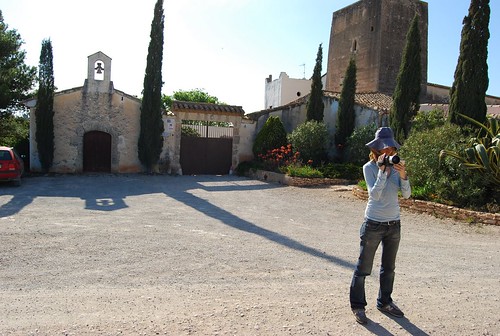Hopi House plaque - Grand Canyon Village
Image by Al_HikesAZ
I went up early to the Grand Canyon South Rim for a big backpacking trip and visited several of the tourist destinations. This is the historic Hopi House.
www.nps.gov/history/history/online_books/harrison/harriso...
In Hopi House, Colter's concern for an ethnohistorical correctness in this replication was an effort fueled by the contemporary scholarly interest in southwestern archeology. The building opened in 1905, at the same time that archeologist Edgar Hewitt of Santa Fe, New Mexico, was promoting the Act for the Preservation of American Antiquities which passed in 1906--an act that resulted in the establishment of a series of national monuments set aside to preserve the southwestern archeological ruins they contained. Colter's design of Hopi House went beyond the basic task of providing a good atmosphere for merchandising Indian goods. She introduced different aspects of Indian cultures--especially their architecture--to the rail-travelling public at a time when the preservation movement in the United States was in its infancy.
Hopi House (1905) is a large multi-story structure of stone masonry, shaped and built like a Hopi pueblo building. The building is rectangular in plan, and the multiple roofs are stepped at various levels giving the building the impression of pueblo architecture. The sandstone walls are reddish in color. Tiny windows, like those of true Hopi structures, allow only the smallest amount of light into the building.
On the interior, the floor finish on the first story is concrete, covered with carpeting in some of the rooms. Most of the rooms have the typical ceiling of that type of architecture: saplings, grasses, and twigs with a mud coating on top, resting on peeled log beams. Corner fireplaces, small niches in the walls, and a mud-plaster wall finish, typical of Hopi interiors, are also characteristics of this structure. Openings from one room to the next are characteristically small, and wood door frames where they exist are made of peeled saplings. The first floor is used as a sales area and an office.
The stairwell to the second story has Hopi murals on its mud plaster. The mural's artist is unknown. The second story, now used only for storage, has a wood floor, ceilings similar to those throughout the building, and mud-plastered walls. The original room configurations remain, and little has been done to change this area that is now closed to the public. One corner fireplace on this story is decorated with a "bulto" (Spanish religious statue) attached to its mantle. Paired gates separating two of the rooms are made of peeled saplings. Also on this floor is a room now erroneously called "the Kiva" which contains a Hopi shrine somewhat similar to the Powamu shrine Colter had constructed inside her Indian Building in Albuquerque. The shrine area holds religious artifacts such as kachinas and prayer feathers (ceremonial sticks with feathers attached) with bald eagle feathers. The opposite side of the shrine room contains more Hopi religious artifacts and some household and utilitarian items such as manos and metates for grinding corn, various pieces of pottery and baskets, and a piki oven for baking the paper-thin piki bread made from blue corn. The floor in this room is hard-packed adobe rather than wood. Access to this room is through a tiny handmade door, now locked for security.
IMGP0446
Vacation house Spain
Image by Sascha Nonn
Little spanish vacations house
beautiful catalan country house, designed to last forever
Image by nicolas.boullosa
House through the trees, California, USA
Image by Wonderlane
No comments:
Post a Comment